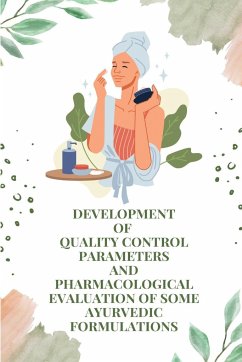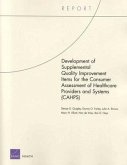knowledge, thus Ayurveda literally means 'Science of Life". It is a holistic system of health care and one of the oldest still extant, health traditions in the world. Ayurveda originating in India takes a holistic view of man, his health and illness. It aims at positive health, which has been defined as a well balanced metabolism coupled with a healthy state of being. Disease, according to Ayurveda, can arise from body and /or mind due to external factors or intrinsic causes. Ayurvedic treatment is aimed at the patient as an organic whole, and treatment consists of the salubrious use of drugs, diets and certain practices. The origin of Ayurveda is lost in prehistoric antiquity, but its characteristic concepts appear to have matured between 2500-500 BC. In ancient India, Ayurveda has a vast literature in Sanskrit and various Indian languages. The earliest references to drugs and diseases are to be found in the Rig Veda and Atharva Veda, dating back to second millennium BC. In fact, of the 6,599 hymns and around 700 prose lines which comprise Atharva Veda, a substantial part relates to the human body, its disorders and possible cures which included a recitation of prayers and magical invocations. Atharva Veda has been considered as the forerunner of Ayurveda. The post Vedic era, which has been called the Arsha (sages) period, saw the systematic development of Ayurveda. This period witnesses the emergence of several medical compilations (Samhitaas) written and organized on a more scientific basis. One of the most outstanding of these has come to be known as Charak Samhitaas (~900 BC) which is fully devoted to the concepts and practice of Ayurveda. The work consists of eight sections divided into 120 chapters on specific topics (Ray and Gupta, 1965). The next landmark in Ayurveda is Sushruta Samhitaa which has a special emphasis on surgery. It has six sections covering 186 chapters. Sushutra, lived in practicing surgery in Varanasi some 2600 years ago. The next important authority on Ayurveda, after Charaka and Sushruta, was Vagbhatta of Sind, who practiced around 7th Century AD. His work, Ashtanga Hridaya, is considered umrivelled for principals and practice of medicine, and is essentially an edited compilation of complimentary sections of Charaka and Sushutra work.







